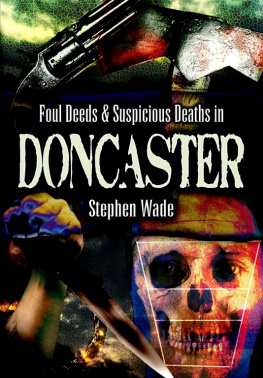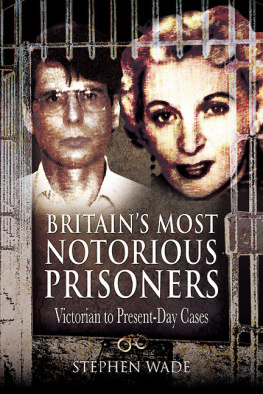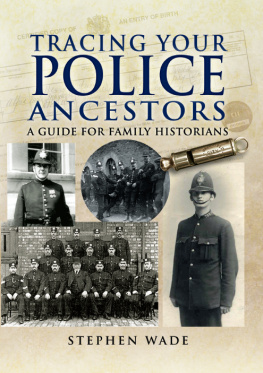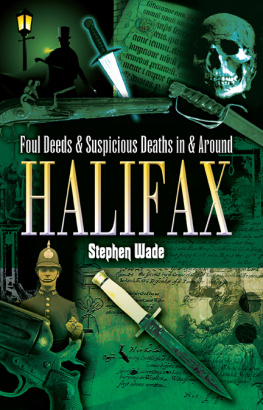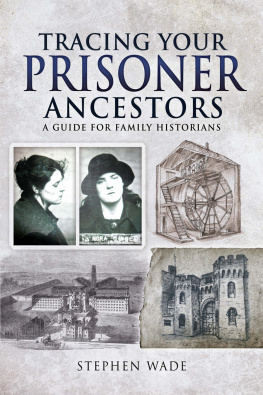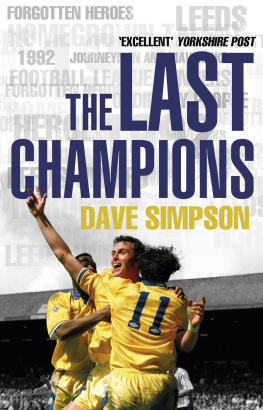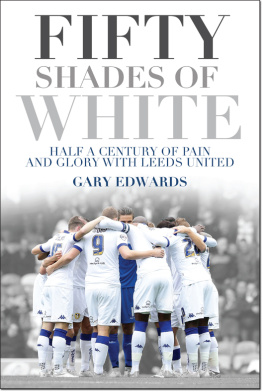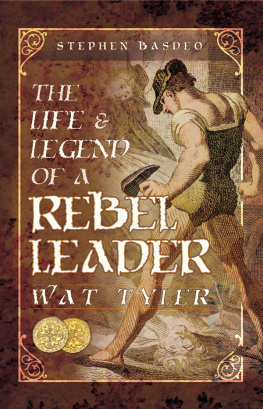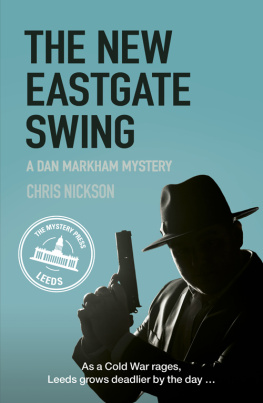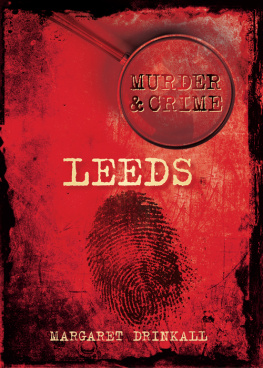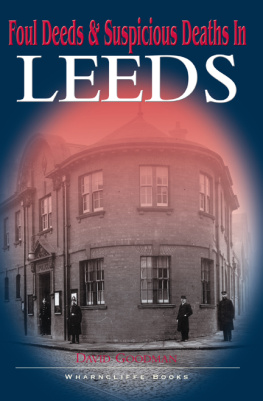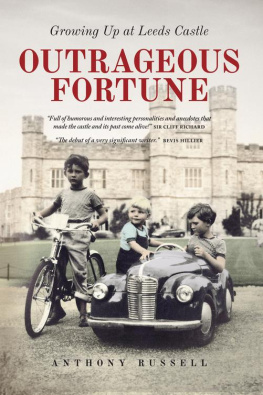First published in Great Britain in 2017 by
PEN & SWORD MILITARY
an imprint of
Pen and Sword Books Ltd
47 Church Street
Barnsley
South Yorkshire S70 2AS
Copyright Stephen Wade, 2017
ISBN 978 1 47386 777 2
eISBN 978 1 47386 779 6
Mobi ISBN 978 1 47386 778 9
The right of Stephen Wade to be identified as the author of this work has been asserted by him in accordance with the Copyright, Designs and Patents Act 1988.
A CIP record for this book is available from the British Library
All rights reserved. No part of this book may be reproduced or transmitted in any form or by any means, electronic or mechanical including photocopying, recording or by any information storage and retrieval system, without permission from the Publisher in writing.
Pen & Sword Books Ltd incorporates the imprints of
Pen & Sword Archaeology, Atlas, Aviation, Battleground, Discovery, Family History, History, Maritime, Military, Naval, Politics, Railways, Select, Social History, Transport, True Crime, Claymore Press, Frontline Books, Leo Cooper, Praetorian Press, Remember When, Seaforth Publishing and Wharncliffe.
For a complete list of Pen and Sword titles please contact
Pen and Sword Books Limited
47 Church Street, Barnsley, South Yorkshire, S70 2AS, England
E-mail:
Website: www.pen-and-sword.co.uk
Acknowledgements
Thanks go to a number of people who have helped to locate stories and who have supplied information from their own or their family experiences. These include Marie Caltieri, who lived in Harehills in the time of war, and she has supplied details of social history in Leeds in the 1930s, along with the photograph of the tingalary man. For notes on the evacuations to Nunnington Hall, thanks go to Colin Wells and Simon Chalton. For permission to use the image of the Avro aircraft, thanks go to Trevor Friend of BAE SYSTEMS.
Generally, where appeals for stories have been made, Kevin Hopkinson, the editor of Down Your Way magazine, was a great help. For Morley notes, thanks go to Ronnie Barraclough and to Clive McManus. Ronnie Barraclough, historian of Morley and Churwell, has provided invaluable help in the course of my research. The pictures from the Ronnie Barraclough Archive are indicated in the captions. Special thanks are due to the innumerable people who have contributed to a range of oral history projects, without whose memories there would be little material for the close experience of the war.
As usual, special thanks are reserved for my editor, Pamela Covey.
PROLOGUE
The Last Days of Peace
When my niece studied the Second World War a few years ago, in her Leeds school, she was told by the teacher that Beeston, where my niece lived, had not been bombed in the war. My niece took issue with this as my mother, who was living in Beeston in 1939, working in a clothes factory, had given vivid accounts of bombs dropping in that part of South Leeds. The matter did not end there, because in 2009 (about the time of this disagreement at school) Dr Tom Herron, lecturer in English at the University of Leeds, in the process of research for teaching the poetry of Beeston-born poet Tony Harrison, asked for clarification on the matter. The point of reference was Harrisons poem Shrapnel , in which we have these lines:
Maybe the blackout made the ground too dark
For the aimer to see the target for his load
But all the bombs fell onto Cross Flatts Park
And not onto our house in Tempest Road.
Dr Herron asked the press, did any bombs fall on Cross Flatts Park? BBC Radio Leeds helped with the appeal and a flood of responses came, including one from Raymond Hopkinson, who wrote:
The anti-aircraft guns had been firing for some time when I decided to go up to the kitchen to make us a cup of tea. I flew back downstairs to Mum. We stayed there till the all-clear was sounded. The following morning...I went across Beeston Road to Cross Flatts Park and saw that a bomb had fallen on Parkfield Avenue.
Raymonds was not the only answer. There were at least ten other testimonies, including a very long and detailed account of the bombing by John Green. What on earth had been going on in the history teaching at my nieces school? The incident illustrates the tendency of historical record to be occluded by myth, hearsay, uninformed opinion, poor research and unchecked sources.
The story also places Leeds interestingly in the wider context of the German bombing across the land, and which raids have been prioritized. Perhaps teachers have cottoned on to the bombing of Coventry, the London blitz, the Baedeker raids and the raids on ports, forgetting that in Leeds there were attractive targets for Hitlers bombers, ranging from an ordnance factory to the Blackburn aircraft factory on Roundhay Road. In the face of that teachers knowledge, how do we account for the following?
I was twelve when war broke out. I simply wasnt old enough to realise the tragedy of it all. The real high spot for me was going out into the street and watching the bombers pass overhead. I was immensely proud of my souvenir collection, gathered mainly from the rubble of abandoned bomb sites. Once I found a glove with someones hand in it. I threw it back on the smouldering rubble because I didnt think my parents would appreciate me bringing it home.
I can add a personal recollection to the debate. My grandfather was an air-raid warden in Beeston. He told me all about the bombing on the park. He lived only perhaps 500 yards from the entrance to the park and it was a place where my relatives and I often played during the 1950s. There was talk all around about the war and the fear instilled by the bombs.
I am beginning with this story because, in writing about Leeds and its peoples experience in that horrendous war, I face the historians dilemma: finding truth among the mess of untruth that abides. The story provides a perfect example of how the passage of time erodes testimony and leads to distortions and misconceptions.
It would be understandable for the modern reader to respond to the popular images of the 1930s in films, books and magazines as a decade of paradox, with contradictory impressions of the parties enjoyed by the Bright Young Things of Evelyn Waughs novels and dour pictures of working-class deprivation, crystallized perhaps by the Jarrow Hunger March (or Crusade) in 1936. Of course, these references refer to class difference, and that rift was merely one of many oppositional forces at work in that restless, dynamic decade. The very beginning of that decade was a time when society had had the extreme shock of the Depression and the General Strikes and had responded, in part, with a desire to have a good time: to work hard and play hard.
By the middle years of the decade the images of Fascism, in various European and domestic contexts, was gathering into a definite sense of unease. The generation of men born during or just before the Great War, on the one hand, sensed that they had somehow missed the test of their manhood; on the other hand, younger men watched with a sense of dread and apprehension as Franco, Mussolini and Hitler, in Spain, Italy and Germany respectively, seemed to be turning to extreme nationalism, intensified by a racialism which did nothing but stir up social division and enmity.


